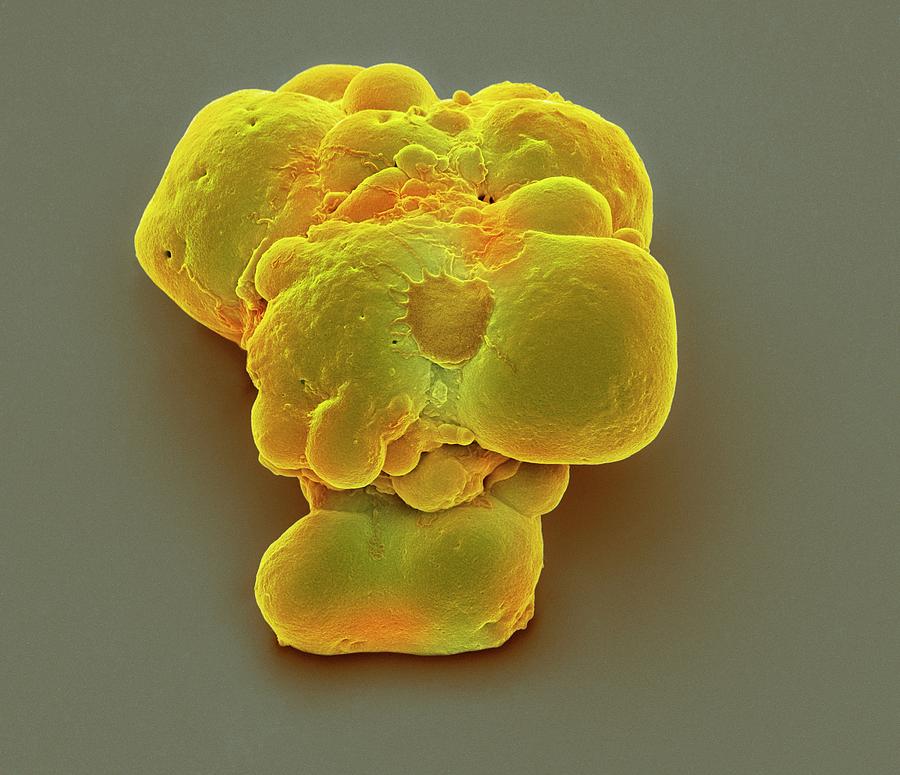
Until recently, researchers thought adult stem cells could create only similar types of cells. Compared with embryonic stem cells, adult stem cells have a more limited ability to give rise to various cells of the body.

These stem cells are found in small numbers in most adult tissues, such as bone marrow or fat. Tests could show whether the new drug had any effect on the cells and whether the cells were harmed.Īdult stem cells. Techniques to program cells into specific cells are under study.įor instance, nerve cells could be generated to test a new drug for a nerve disease. For the testing of new drugs to be accurate, the cells must be programmed to acquire properties of the type of cells targeted by the drug. New areas of study include the effectiveness of using human stem cells that have been programmed into tissue-specific cells to test new drugs. This type of testing will most likely first have a direct impact on drug development for cardiac toxicity testing. Before using investigational drugs in people, researchers can use some types of stem cells to test the drugs for safety and quality. Test new drugs for safety and effectiveness. Researchers continue to advance the knowledge on stem cells and their applications in transplant and regenerative medicine. Stem cells may have the potential to be grown to become new tissue for use in transplant and regenerative medicine. Experiments to determine mode of action and further optimize protocol are underway.People who might benefit from stem cell therapies include those with spinal cord injuries, type 1 diabetes, Parkinson's disease, amyotrophic lateral sclerosis, Alzheimer's disease, heart disease, stroke, burns, cancer and osteoarthritis.
Absence of animal components improves transplantation safetyĬell immortalization and expansion protocol established and reduced to practice on human pancreatic islet cells in a lab setting. Increases hgPSC volume and alleviates scarcity of donors. Uses cultured cells from biopsy reducing chances of graft rejection in transplant recipients. This technique induces hgPSC cell proliferation without requiring additional exogenous growth factors and J2 feeder system. Stem cells and/or their differentiated cell types can be used to repopulate target diseased tissue, for example, hgPSC-derived cardiomyocytes can be transplanted into fetal heart tissue to fuse with beating heart tissue and replace diminished disease tissue. The present invention enables the use of hgPSCs from biopsy to be expanded and transplanted. Georgetown University researchers have developed a hgPSC culturing technique that not only address the issues above, but also overcomes issues of graft rejection and tissue availability. These issues lead to the need for a method of culturing hgPSCs in a continuous manner that can promote rapid expansion, without differentiation. HgPSCs hold promise for use in regenerative medicine, however these cells grow very slowly making it impractical to utilize gPSCs to realize their potential in regenerative medicine, moreover, because so much time is required to expand these cells in culture, invariably large portions of the cells will begin to differentiate, rendering them unusable for further manipulation. Cells can be transplanted for treating and/or curing diseases. The invention describes method to indefinitely expand human germline pluripotent stem cells (hgPSCs) from biopsy in proprietary cell culture medium. OTC Contact: Ruchika Nijhara Ph.D., MBA, Director ( Directory Information | Send a Message) Description 
Categories: “ Diagnostics” “ Research Tools“






 0 kommentar(er)
0 kommentar(er)
